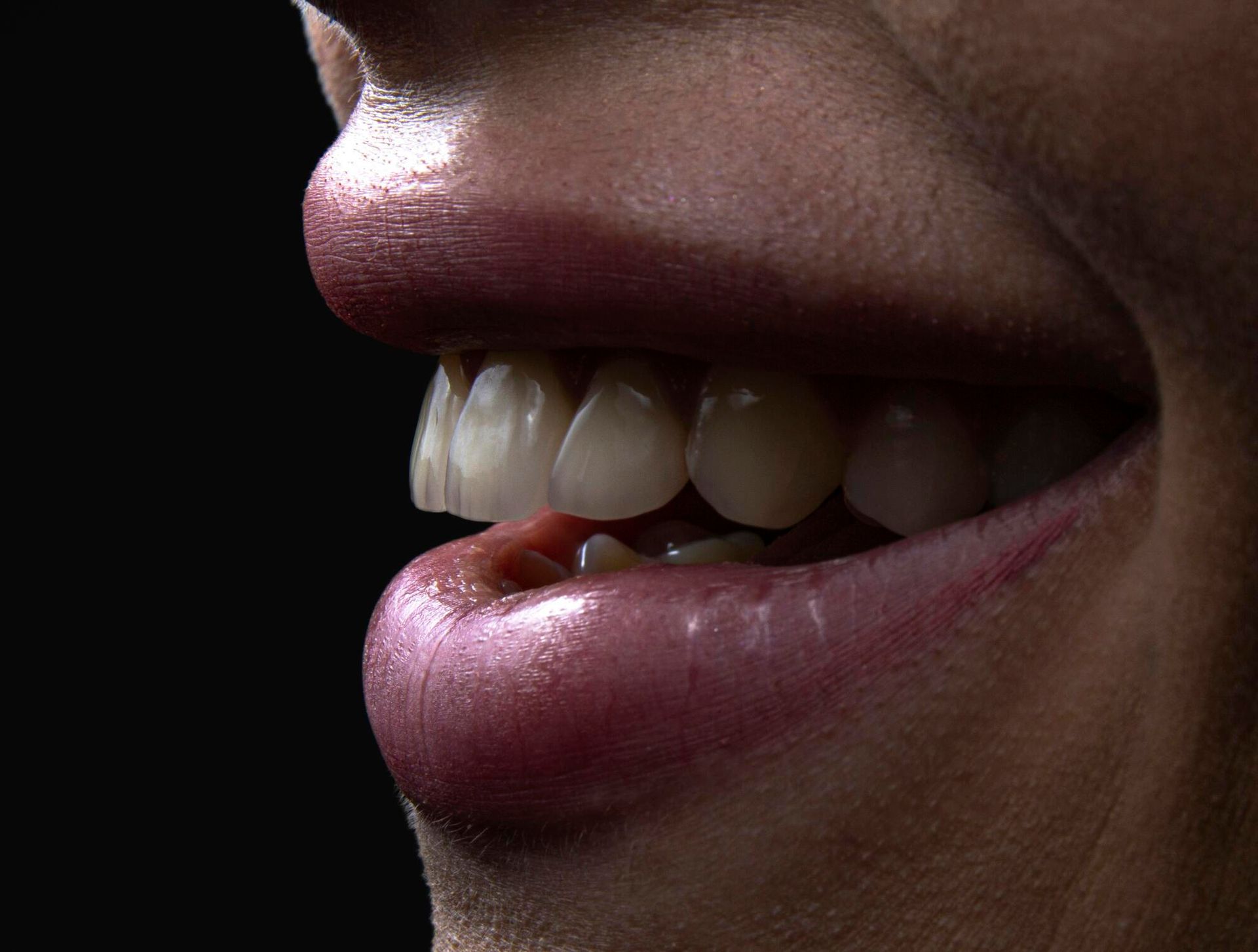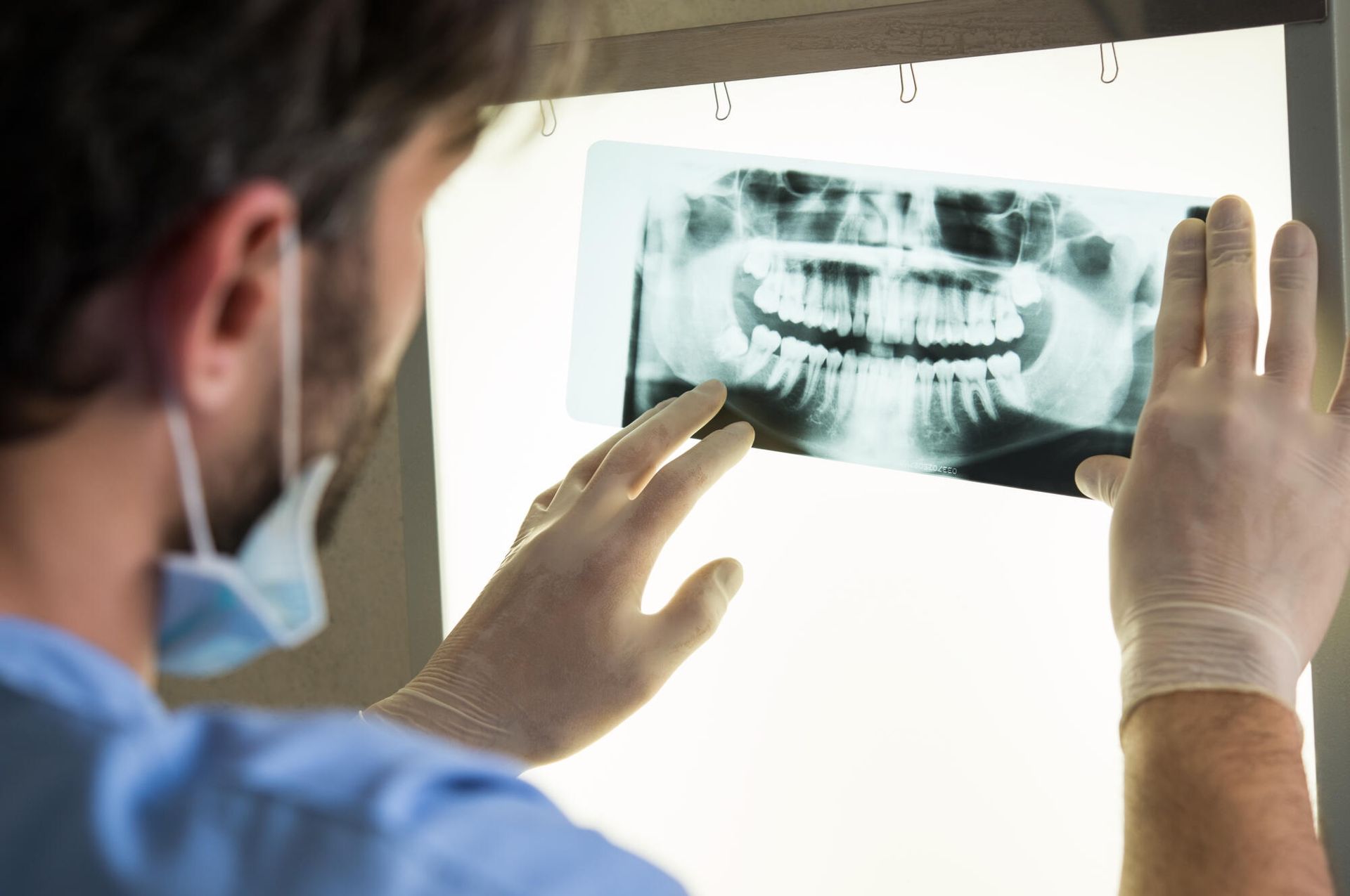Proper care after oral surgery is essential for a smooth and successful recovery. Millions of people in the United States experience oral health issues such as gum disease and tooth decay, according to the NIH, making post-operative care critical for restoring comfort and function.
At TERSA Oral and Facial Surgery, we specialize in providing personalized guidance to support speedy healing after surgery and minimize complications. Our team, led by Dr. Andres Guerra-Andrade, ensures every patient receives clear instructions and attentive follow-up to protect their oral health.
In this blog, we'll cover practical tips for the days and weeks following oral procedures, including:
- Managing pain
- Reducing swelling
- Maintaining proper oral hygiene
- Knowing when to contact your surgeon
By following these expert recommendations, you can make your recovery smoother and get back to enjoying everyday life confidently. Let's get started.
What Should I Expect During Oral Surgery Recovery?
Recovery after oral surgery varies depending on the procedure, your overall health, and how closely you follow post-operative instructions. Common procedures include:
- Wisdom tooth removal
- Dental implants
- Bone grafts
- Corrective jaw surgery
After surgery, it's normal to experience mild to moderate swelling, bruising, and some discomfort in the affected area. Minor bleeding or oozing from the surgical site may also occur during the first 24 hours.
At TERSA Oral and Facial Surgery, we emphasize the importance of closely following your personalized care instructions to promote healing after surgery. Rest, proper hydration, and careful attention to diet can help your body recover efficiently. Monitoring for unusual symptoms such as excessive bleeding, persistent pain, or signs of infection is essential.
Knowing what to expect during your recovery can reduce anxiety, help you manage discomfort, and ensure that your procedure achieves the best possible long-term results.
How Should I Care for Myself Immediately After Surgery?
The first 24 to 48 hours after oral surgery are critical for a smooth recovery. Rest is essential during this time. Limiting physical activity allows your body to focus on healing, while keeping your head elevated can help reduce swelling and control minor bleeding.
Applying ice packs to the outside of your face in 15-minute intervals during the first day can also help manage swelling. Mild discomfort is normal, and any pain medication prescribed by your surgeon should be taken as directed. At TERSA Oral and Facial Surgery, we provide guidance on managing pain safely and effectively.
It is important to avoid disturbing the surgical site with your tongue or fingers. Refrain from spitting, using straws, or rinsing forcefully, as these actions can dislodge blood clots and slow the healing process.
Following your surgeon's instructions closely, including taking any prescribed medications and adhering to care guidelines, helps prevent complications. Proper immediate care lays the foundation for a smooth recovery and supports the best long-term results from your procedure.
What Should I Eat and Drink After Oral Surgery?
What you eat and drink in the days following oral surgery can have a big impact on your comfort and recovery. Soft foods are best for the first few days. Options like yogurt, mashed potatoes, scrambled eggs, and smoothies can provide nutrition without putting stress on the surgical site.
It is important to stay hydrated. Drinking plenty of water supports healing and helps prevent dry mouth, which can slow recovery. Avoid hot beverages, carbonated drinks, and alcohol during the initial healing period, as these can irritate the area and increase bleeding.
Chewing should be done on the side of your mouth opposite the surgery whenever possible. Take small bites and eat slowly to reduce the risk of accidentally injuring the surgical site.
As you start feeling more comfortable, you can gradually reintroduce solid foods. Pay attention to how your mouth responds and adjust your diet accordingly. Following these simple guidelines helps protect your surgical site and supports a smoother, safer recovery.
Managing Pain and Swelling After Oral Surgery
Experiencing some pain and swelling after oral surgery is normal. Knowing how to manage these symptoms can make your recovery more comfortable.
Mild to moderate discomfort is common, especially during the first few days. Pain medication prescribed by your surgeon should be taken as directed, and over-the-counter options can also help for minor pain.
Swelling typically peaks within the first 48 hours and then gradually subsides. Applying ice packs to the outside of the face in 15- to 20-minute intervals during the first day can help reduce inflammation. After the first 24 hours, switching to warm compresses may help promote blood flow and speed healing.
Keeping your head elevated while resting can further reduce swelling and minimize discomfort. Avoid touching or pressing on the surgical area.
Monitoring your symptoms is important, and you should contact your surgeon if you notice unusual or severe pain, persistent swelling, or signs of infection, such as fever or pus. Proper management of pain and swelling supports a smoother, safer recovery.
How Should I Maintain Oral Hygiene During Recovery?
Maintaining proper oral hygiene after oral surgery is essential for preventing infection and supporting healing. At TERSA Oral and Facial Surgery, we guide patients on safe techniques for post-surgery care at home to protect the surgical site.
For the first 24 hours, avoid brushing near the surgical area and refrain from rinsing your mouth forcefully. After this initial period, gentle rinsing with a prescribed mouthwash or warm salt water can help keep the area clean without disturbing the healing tissue.
When brushing, use a soft-bristled toothbrush and avoid direct contact with sutures or sensitive areas. Lightly brushing surrounding teeth and gums can prevent plaque buildup while minimizing irritation.
It is also important to follow any additional instructions
provided by your surgeon, such as applying medicated gels or rinses. Proper hygiene habits reduce the risk of complications, including infection or delayed healing.
Consistent and careful oral care at home is key to ensuring a smooth recovery and achieving the best results from your procedure.
Activity and Lifestyle Considerations
Your daily activities and habits play a significant role in how quickly you recover from oral surgery. For the first few days, it is important to rest and avoid strenuous activities such as:
- Heavy lifting
- Running
- Vigorous exercise
Physical exertion can increase blood pressure, leading to swelling or bleeding at the surgical site.
Limiting alcohol consumption and avoiding smoking during recovery is also essential. Both can interfere with healing and increase the risk of complications. Staying hydrated by drinking plenty of water supports overall recovery and helps your body heal efficiently.
Sleep and stress management are equally important. Ensuring you get adequate rest and keeping stress levels low can help your immune system function optimally, which promotes faster healing.
Following your surgeon's instructions closely, combining rest with gentle movement, and making smart lifestyle choices all contribute to a smooth,
complication-free recovery. Thoughtful attention to activity and habits helps your mouth heal properly and ensures long-term oral health.
Frequently Asked Questions
How Long Does It Take to Recover From Oral Surgery?
Recovery time varies depending on the procedure and the individual. Simple procedures, such as tooth extractions, often heal within a week. More complex surgeries, like
dental implants or bone grafts, may take several weeks for initial healing and a few months for complete recovery.
What Should I Eat After Oral Surgery?
During the first few days,
soft foods like yogurt, applesauce, mashed potatoes, and smoothies are ideal. Avoid hard, crunchy, or spicy foods that could irritate the surgical site. Cold foods can help reduce swelling, while warm foods may be more comfortable after the first 24 hours.
Is Swelling or Bleeding Normal After Surgery?
Yes, mild swelling and slight bleeding are common during the first 24 to 48 hours. Swelling usually peaks within two days and then gradually decreases. Applying ice packs and keeping your head elevated can help manage swelling.
Minor bleeding can be controlled by gently biting on gauze pads as
instructed by your surgeon. Persistent or heavy bleeding should be reported to your surgeon immediately.
When Should I Call My Surgeon?
Contact your surgeon if you experience severe or increasing pain, excessive swelling, persistent bleeding, fever, or signs of infection such as pus or unusual discharge.
Any reaction that seems abnormal or concerning should be evaluated promptly. Calling early allows your surgeon to address issues before they become serious and ensures a safe, smooth recovery.
Can I Take Medication or Supplements After Surgery?
Follow your surgeon's instructions regarding prescribed pain medications, antibiotics, or other medications. You should avoid over-the-counter medications that may increase bleeding unless approved by your surgeon.
Discuss any supplements or herbal remedies you take, as some can interfere with healing or interact with prescribed medications.
How Can I Prevent Infection During Recovery?
Maintaining gentle
oral hygiene, following dietary guidelines, and taking prescribed antibiotics when directed helps prevent infection. Avoid touching the surgical area with your fingers or tongue, and attend all follow-up appointments to ensure proper healing.
Post-Operative Care for a Speedy Recovery
The bottom line is that proper post-operative care is essential for a smooth and comfortable recovery after oral surgery. At TERSA Oral and Facial Surgery, we provide personalized guidance and support to help you heal safely and efficiently.
Trust our team for expert post-op care advice and step-by-step instructions tailored to your procedure.
Schedule a consultation and take the first step toward a safe, speedy, and successful recovery.




